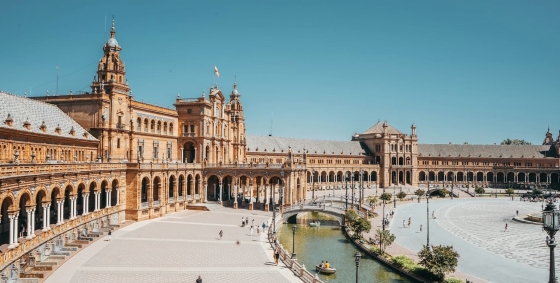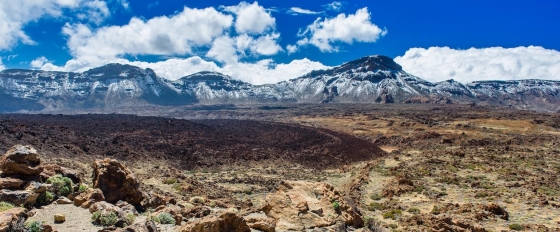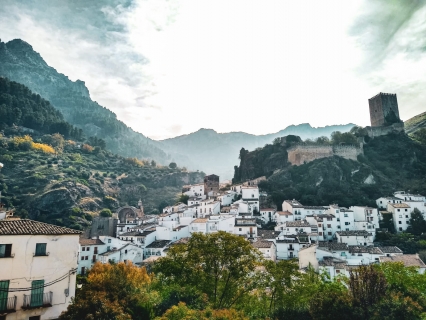Tijoco de Abajo Temperatures: Monthly Averages and Year-Round Insights
On this page, we’ll explore Tijoco de Abajo’s temperature statistics in detail, including day and night variations and monthly averages. We’ll also compare the annual temperature to other cities in Spain.
Monthly Temperature Averages
Seasonal changes in Tijoco de Abajo bring a little variety without extreme temperature swings. On average, maximum daytime temperatures range from a comfortable 26°C in August to a pleasant 18°C in February. Nighttime temperatures can drop, with averages reaching 14°C in February.
The chart below illustrates the average maximum day and minimum night temperatures in Tijoco de Abajo by month:
The minimum temperature is often recorded between 4 AM and 6 AM, while the highest temperature is usually reached at 3 PM. During this time the sun's heating effect is the strongest.
The chart below shows the average temperature throughout the year:
August, the city’s warmest month, also receives about 3.9 mm of rainfall spread over roughly a single day. For more information, please visit our Tijoco de Abajo Precipitation page.
Annual Temperatures in Spain Compared
The map below shows the annual temperature across Spain. You can also select the different months in case you are interested in a specific month.
 very warm
very warm
 warm
warm
 pleasant
pleasant
 moderate
moderate
 cold
cold
 very cold
very cold
Tijoco de Abajo Temperatures Compared World Wide
Tijoco de Abajo’s average annual maximum temperature is 21°C. Let’s compare this with some popular tourist destinations:
The city of Rome, Italy, has an average annual temperature of 20°C, known for its sunny summers and comfortable winters.
Meanwhile, Queenstown, New Zealand, the average annual temperature is significantly lower at 10°C, with mild summers and cold winters.
Meanwhile, Buenos Aires, Argentina, enjoys a humid subtropical climate with an average annual temperature of 23°C, featuring hot summers and mild winters.
In Brisbane, Australia, the average annual temperature is 26°C, making it warmer than Sydney.
How are these Temperatures Measured?
Generally, temperature data depicting climate is usually given over a 30-year average in order to reduce short-term fluctuations and reveal better long-term trends in climate conditions.
This temperature data is taken from land-based thermometers, ocean buoys, ships, and satellites. These measurements are transmitted to weather stations and climate centers around the globe where they are processed, averaged, and analyzed in order to monitor the trends and create climate models.
Temperatures in the Mountains
Although not all regions have mountains, elevated areas exhibit distinct temperature variations.
- Sun Exposure: Sunlit slopes tend to be warmer, while shaded areas remain cooler.
- Altitude Effects: Temperatures drop by approximately 6°C for every 1,000 meters of elevation, creating distinct microclimates.
For more detailed information about Tijoco de Abajo’s weather, including monthly rainfall, sunshine hours, and humidity levels, visit our Tijoco de Abajo climate page.
Current temperature in Tijoco de Abajo
partly cloudy and chance of rain
partly cloudy and chance of rain
almost clear and no rain




